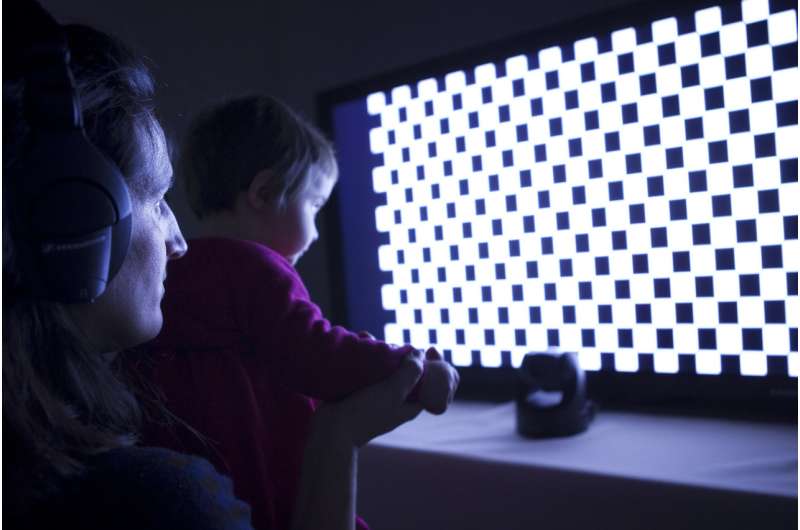How to detect the risk of dyslexia before learning to read

Almost 10 percent of the world's population suffers dyslexia. Establishing an early diagnosis would allow the development of training programs to palliate this disorder. This goal could be closer after a study carried out by the Basque Centre on Cognition, Brain and Language (BCBL) associating auditory processing in children with their reading skills. The results offer a new approach for detecting the risk before children learn to read.
Difficulty recognising words, decoding and writing problems, and the limitation of reading comprehension are the main consequences of dyslexia, a neurologically based cognitive disorder that is generally diagnosed late. The current study demonstrates a relationship between children's hearing and the capacity to acquire reading skills.
This breakthrough, published in Frontiers in Psychology, could help establish the risk of dyslexia from an early stage, as well as develop training programmes to preemptively palliate reading limitations. "The capacity of children to listen and process language is a decisive factor in learning to read," explains Paula Ríos-López, the supervisor of the study and a research member of the BCBL.
At present, we must wait for children to reach 9 years of age in order to diagnose dyslexia. However, the results of the San Sebastián centre imply that measurement of hearing capacity from a very early age may allow professionals to identify children that might have reading problems and therefore be more susceptible to dyslexia.
Furthermore, specific training activities could be implemented before nine years of age based on prosody (accents, tone and intonation) and language rhythms, together with programmes designed to palliate reading difficulties. The aim is to improve reading skills and avoid future disorders. "For example, we could make an activity as simple as playing a drum improve the rhythmic skills of the child with the purpose of gradually improving language perception and avoiding future disorders," says Ríos-López.
The importance of rhythm
The study was carried out with 40 children in the second and fifth grades. In order to demonstrate the relationship between hearing capacity and the ability to learn how to read, the subjects were exposed to a pseudo-word, which they were required to repeat verbally when asked about it. The researchers found that this word was better understood when preceded by phrases produced only with prosodic information, i.e., in which the information only consisted of rhythms and intonations, with no phonemes of any kind.
The children that yielded poorer scores in the reading skill test were those that most improved after testing with phrases and prosodic information. Children that do not optimally process low-frequency sounds (tones, accents and intonations of speech) have greater difficulty correctly decoding phonemes and words, and this, in turn, is directly correlated to reading capacity and its possible disorders.
"Rhythm offers the brain the key to focusing auditory attention in moments when information relevant to speech perception appears," explains Ríos-López. "When the brain predicts the appearance of such information, an excitable state is produced, with the recruitment of neurons destined to adapt to it," she concludes.
More information: Paula Ríos-López et al. The Role of Slow Speech Amplitude Envelope for Speech Processing and Reading Development, Frontiers in Psychology (2017). DOI: 10.3389/fpsyg.2017.01497



















